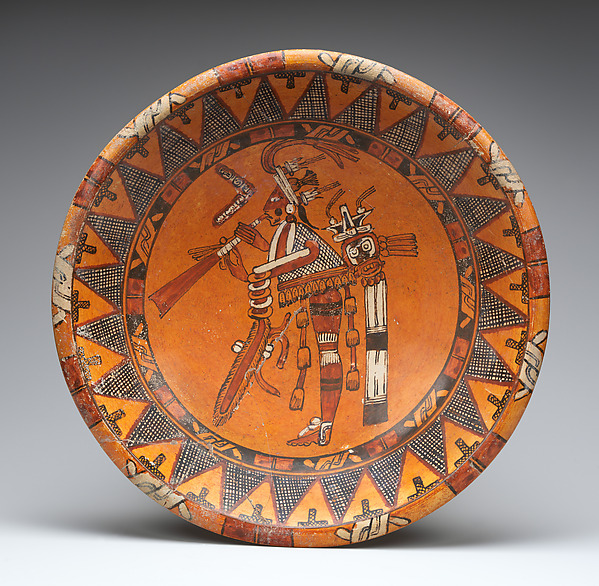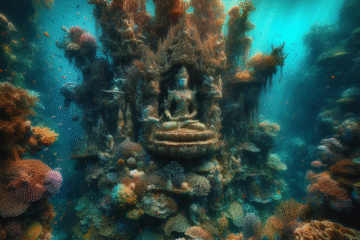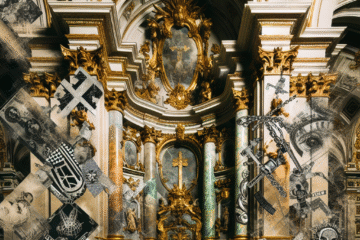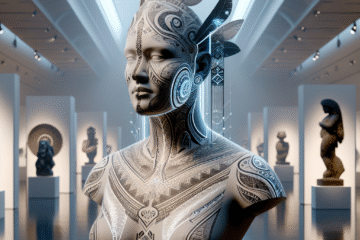
“
The fact is, with every friendship you make, and every bond of trust you establish, you are shaping the image of America projected to the rest of the world. That is so important. So when you study abroad, you’re actually helping to make America stronger.
”
— Michelle Obama
Frescoes of Resistance: Political Murals Across Latin America
Introduction: Murals as Manifestos
Across Latin America, public walls have long been more than passive boundaries; they have spoken, shouted, and remembered. Murals—often painted in vibrant bursts of color and courage—have served as instruments of resistance, sources of collective memory, and reflections of social struggle. From Mexico’s post-revolutionary imagery to Chile’s cries against dictatorship and Nicaragua’s Sandinista symbolism, muralism has evolved as both an art form and a political tool. These frescoes of resistance trace a living history, visualizing the intersection of aesthetics, ideology, and the enduring human spirit.
Chapter 1: The Renaissance of Walls — Mexico’s Revolutionary Muralism
The roots of politically charged muralism trace back to post-revolutionary Mexico in the early 20th century. After the Mexican Revolution (1910–1920), a government eager to unify a fragmented nation turned to art that spoke directly to the people. Muralists such as Diego Rivera, José Clemente Orozco, and David Alfaro Siqueiros created monumental works in public spaces, accessible to all regardless of literacy. Their murals championed indigenous identity, laborers, and anti-imperialist struggles, rejecting elitist art institutions. Influenced by Marxist ideas, industrialization, and renaissance fresco techniques, these artists redefined both the physical and ideological landscape of Mexican society.
Chapter 2: Walls Cry Truth — Chile’s Murals and the Struggle Under Dictatorship
In the 1970s, Chile experienced a brief burst of socialist hope under Salvador Allende, during which the Chilean muralist brigade “Brigada Ramona Parra” painted bold, graphic murals echoing themes of collectivism, empowerment, and solidarity. These murals were both artistic expression and grassroots propaganda. Following Augusto Pinochet’s 1973 coup, muralism became a clandestine tool of resistance. During the military regime, dissidents painted covertly by night, reclaiming suppressed narratives in an era of censorship. Symbolic colors, metaphors, and stark portraits transformed anonymous walls into loci of defiance. The evolution of this art during dictatorship reflects how muralism became both an act of courage and a cultural lifeline.
Chapter 3: Revolutionary Colors — Murals in Sandinista Nicaragua
In Nicaragua, the victory of the Sandinista National Liberation Front in 1979 ignited a fresh wave of revolutionary art. Murals blossomed across Managua and rural towns, celebrating national heroes like Augusto Sandino and immortalizing socialist ideals. These murals became visual textbooks of history and martyrdom, often painted collectively by community members and international brigades. The influence of liberation theology, Cuban poster art, and anti-capitalist thought merged into a style that was both spiritually resonant and ideologically potent. Even as neoliberal reforms and war eroded these walls, the faded murals continued to whisper truths about hope, loss, and resistance.
Chapter 4: Digital Echoes — Muralism in the Age of the Internet
Today’s political murals in Latin America emerge at an intersection of analog defiance and digital amplification. While traditional brush-on-brick artwork continues, artists increasingly blend graffiti, stencils, and even projection mapping to comment on contemporary issues such as femicide, Indigenous rights, and environmental crises. Movements like #NiUnaMenos or Bolivia’s Indigenous rights campaigns appear both on physical walls and Instagram feeds. Social media gives muralism new breath, transforming street corners into global stages. Technology doesn’t erase the original purpose but rather magnifies it, allowing murals in Santiago or Oaxaca to echo across continents.
Chapter 5: The Philosophy of the Wall — Memory and Identity in Public Art
Beneath their political slogans and iconic portraits, these murals reflect a deeper philosophical inquiry: who controls public space, and whose stories deserve to be told? Muralism in Latin America stands as a visual form of counter-hegemony, often reclaiming history from elite narratives and inscribing it with communal memory. It is an art form grounded not just in aesthetics but in ethics—of visibility, justice, and collective identity. As permanent as concrete and as ephemeral as paint, each mural is both a sign and a witness.
Conclusion: Walls Without Borders
From Rivera’s frescoes to anonymous street painters under curfew, muralism across Latin America has always transcended art—it is revolution made visible. These murals are more than decoration; they are dialectics in color and form. They invite public participation, provoke discourse, and stand resilient in the face of erasure. As new generations pick up brushes, stencils, or digital tools, the legacy of these visual testimonies continues. The walls speak still—and we are listening.

Image description:
An image of a mural in Northern Ireland
License:
CC BY-SA 4.0
Source:
Wikimedia Commons


